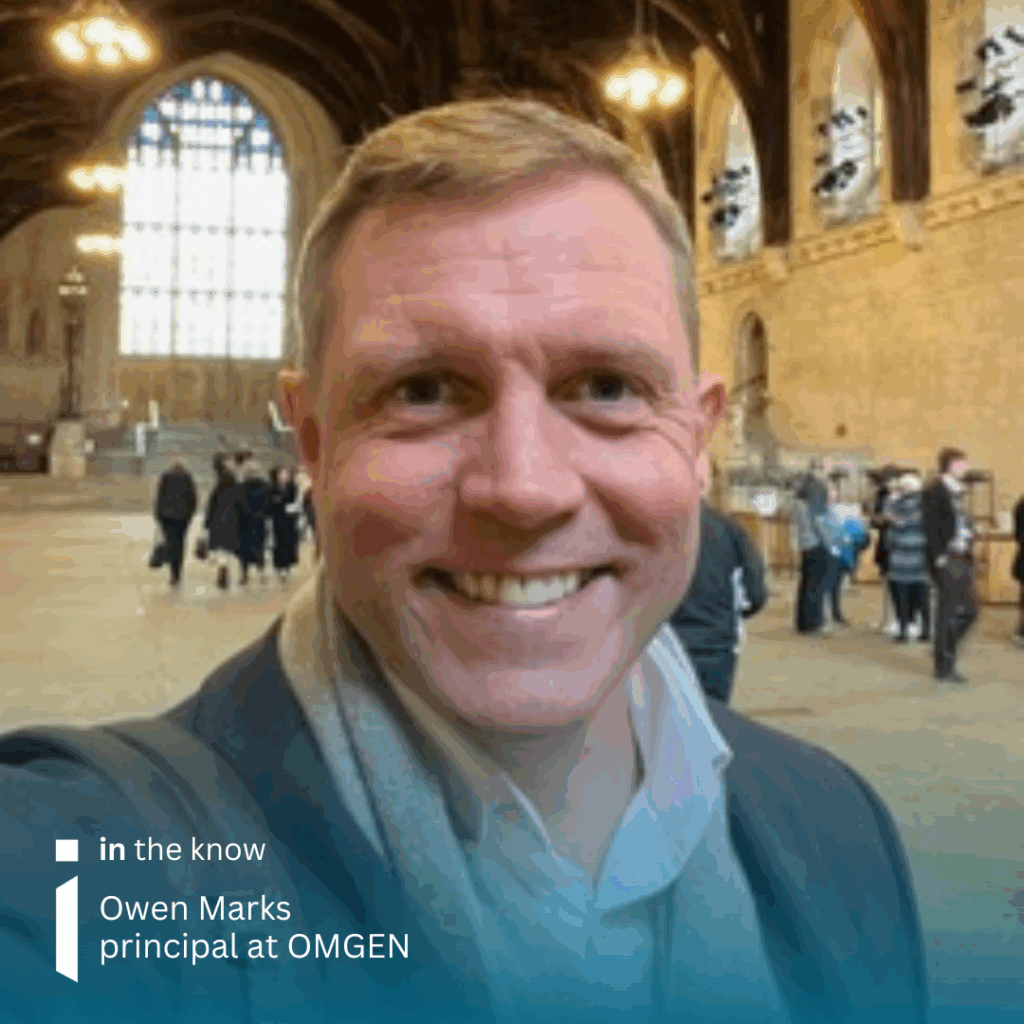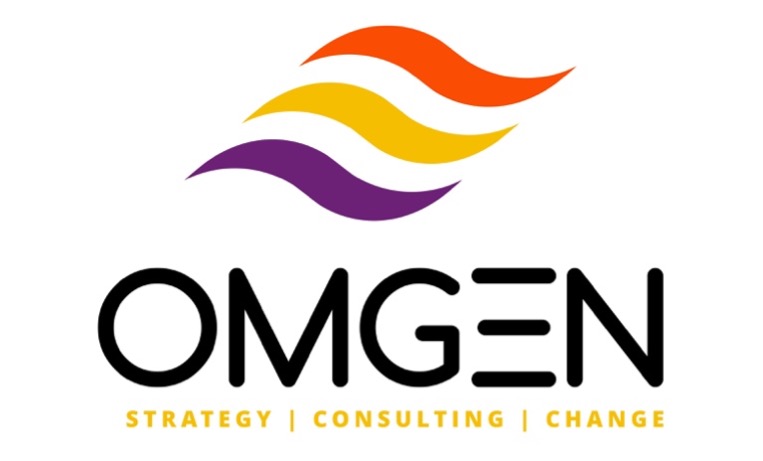Tiptoeing the stepping stones to success in rare disease medicine launches
Estimated reading time: 9 minutes


Owen Marks has extensive experience and expertise in rare disease and gene therapy product launch strategies. He has a strong passion for driving equality in healthcare and enabling purpose-driven teams to achieve their goals, solve problems and overcome barriers to deliver great outcomes. Owen shares his insights into the current landscape within the UK and what he sees as the stepping stones to success in rare disease medicine launches
For decades, people with rare diseases, often affecting children, had little to no treatment options. The landscape began to shift with regulatory reform in the USA during the 1980s—followed twenty years later by the EU, which placed smart incentives in the development of orphan or rare disease medicines. Today, whilst we celebrate the progress made, the journey from laboratory discovery to patient bedside remains complex, particularly within the unique constraints of the UK health system.
Success in rare disease medicine launches cannot be measured by regulatory approval alone. True success demands speed of access, a sustainable price for the NHS (or other in-region health body), equity of availability without geography or socioeconomic status as barriers, and critically, sustainability of agreements between the NHS and industry. Not just for a few headline arrangements, but for a dependable path that future innovations can follow with confidence.
The rare disease gap
The UK faces a particular funding challenge that has created what might be termed the “Rare Disease Gap”. Those medicines that miss the ultra rare criterion for the Highly Specialised Technology (HST) pathway, treating fewer than 300 patients, find themselves in precarious territory. The Standard Technology Appraisal (STA) process works admirably for conditions like weight loss, type II diabetes, hypertension and hyperlipidaemia, where patient numbers push into the millions. However, patients unfortunate enough to have a condition that falls between these gaps face medicines subject to the strictest criteria on pricing and reimbursement in developed health systems across the world.
This gap represents more than a technical challenge in health technology assessment. It represents real patients and families who continue to wait whilst the system struggles to accommodate innovations that don’t fit neatly into established pathways.

The imperative to act
Having said this, patients and their families are waiting. Professionals in the industry, in commercial as well as scientific and medical roles, have a duty to pursue all the necessary channels to find a successful way to get treatment to patients. It is critical that this endeavour is undertaken with a goal of speed to access treatment and compatibility with the existing treatment networks within the NHS.
However, it is not possible to neglect the sustainability of such agreements. It might be tempting to assume that pressuring a manufacturer who has already sunk costs into a programme and can be squeezed for the lowest price has no consequence. Even if the company agrees on that occasion, the signal sent is that future medicines will not be adequately valued, that programmes cannot assume the UK is a viable health system. The shockwaves from this approach are starting to be felt now, as companies make strategic decisions about where to invest their development resources.
The three pillars of early engagement
Early engagement in the health system is key. The three groups for whom this is most critical are: the patient community represented by patient advocacy groups; the clinical and scientific community represented often by key opinion leaders in the respective speciality responsible for diagnosing, treating and caring for patients; and the regulatory and health technology groups, including MHRA, NICE, SMC, and NHS England, Scotland and Wales.
The patient expert
Early engagement with patient organisations in a real and non-tokenistic way is the most critical step for any person or team responsible for bringing a medicine to market. Many people may have built careers in a therapy area, both in the NHS or in industry, but the only people who don’t go home from the condition at the end of the day are patients and their families. Insights gained from this community almost always illuminate the path between barriers that can finally secure an agreement satisfying both the NHS and those who need treatment.
This engagement must begin early in development, not as an afterthought during market access planning. Patient expertise should inform clinical trial design, endpoint selection and the evidence generation strategy. Their lived experience often reveals unmet needs that clinical measures alone cannot capture.
The clinical community
The clinical and medical community is critical to help truly understand the clinical data emerging about a medicine, the benefits to patients but also the potential pitfalls. Whether shortcomings might be mitigated with insightful plans and how possible benefits might be maximised requires the expertise of those who will ultimately prescribe and monitor these therapies.
Clinicians can also serve as essential bridges between the evidence generated in clinical trials and the real-world implementation within the NHS. Their understanding of existing treatment pathways, diagnostic challenges, and healthcare resource utilisation is invaluable in shaping launch strategies that work within the system rather than against it.
The regulatory and HTA landscape
The regulatory and health technology groups in the UK are amongst the most sophisticated and developed in the world. Their expertise is highly developed, which has significant health system benefits, but early engagement is essential to avoid nasty surprises too late in development to address UK peculiarities, resulting in failure or at best significant delays.
Understanding the nuances of NICE methodologies, the specific requirements of the SMC, and the commissioning processes within NHS England and the devolved nations should begin during Phase 2 development, not after Phase 3 data are locked. This foresight allows companies to generate the evidence that UK decision-makers need whilst trials are still ongoing.
Planning for adoption
Working closely with NHS management bodies, whether NHS England, Scotland, Wales or Northern Ireland, is essential to prevent slow, patchy adoption of an innovative treatment. The standard period for adoption of NICE guidance, for example, is three months after NICE guidance is published. Often this full time period is used; indeed, adoption after this time can vary considerably across different trusts and regions. We owe it to patients to work early and meaningfully with NHS planners to minimise additional delays for patients who have often already waited years for treatment options.
Precision in commercial planning
Precision thinking in planning the commercial footprint required to launch a medicine in the UK is essential. For larger, more common launches, a more exhaustive approach to covering all the bases may be sustainable. However, the small numbers of patients, intense pricing pressure and challenges in diagnosis, often termed the diagnostic odyssey, all require an exceptionally targeted, small and highly experienced team.
Taking the time to identify the few barriers specific to a therapy area or medicine enables small funding pools to be frugally allocated in the hot-spots where investment can have its greatest impact. Done cleverly and with the kind of wisdom that comes from a sense of responsibility to act for patients, this kind of laser-targeted thinking can make the difference between a programme being viable or not.
Large field forces and extensive marketing campaigns may be appropriate for blockbuster medicines, but rare disease launches demand surgical precision. Every pound spent must deliver tangible value in accelerating diagnosis, facilitating access or supporting appropriate prescribing.

The spirit of negotiation
I wanted to make specific reference to the spirit in which negotiation takes place across the many stakeholders in the UK health system when attempting to bring a rare disease medicine to patients. Patients have waited for an agonisingly long time for treatment to be a reality; tragically for some, it may already be too late. This should focus the thoughts of all those with the privilege to have influence over the successful introduction of a new medicine to do this in a collaborative, problem-solving mindset. Exemplary work in this space has been seen with the Scottish Medicines Consortium in recent years.
Too often the mood of negotiation can sour, sometimes even becoming aggressive and destructive. I cannot remember any new medicine that benefited from a confrontational approach. It is certainly not sustainable. When stakeholders approach negotiations as adversaries rather than partners working toward a common goal, everyone loses, but most of all, patients are left to pick up the pieces of our failures.
A call for integration
In a final thought, I wanted to call for a move to maximise the true potential of the United Kingdom as a society that creates, develops and values treatments that can transform the treatment of rare diseases, but also the life and potential of patients and their families. Readers will often have been told about the strength in science in the UK, which is well founded, but it’s critical for the full benefit of scientific innovation in rare disease to be felt by society as well as patients for the entire system to be connected and well-integrated.
Today I feel there is work to stitch together government policy, NHS programmes, and companies more cleverly. In 2026, the Rare Disease Framework will end. The foundational progress made by the existing framework, whilst by no means delivering the goal, has made much of the hard yards. Whether it’s superseded by a new framework or a new bolder plan, something is required to bring together all the stakeholders and make them work hard and collaborate with an agility and optimism that patients should rightly expect.
The goal must be to deliver a health service for patients with rarer conditions that delivers the outcomes that have hitherto only been enjoyed by those with more common conditions. Science and progress can and should transform the health system in the UK. It’s up to us to make it so.
The stepping stones to success are clear: early engagement, collaborative spirit, precision planning, and sustainable agreements. The path requires careful navigation, but with patients waiting at the other side, we have no choice but to move forward with purpose and determination.
Connect with Owen
in the know brings you the latest conversations from the RARE think tank. To access more in the know articles click below.

